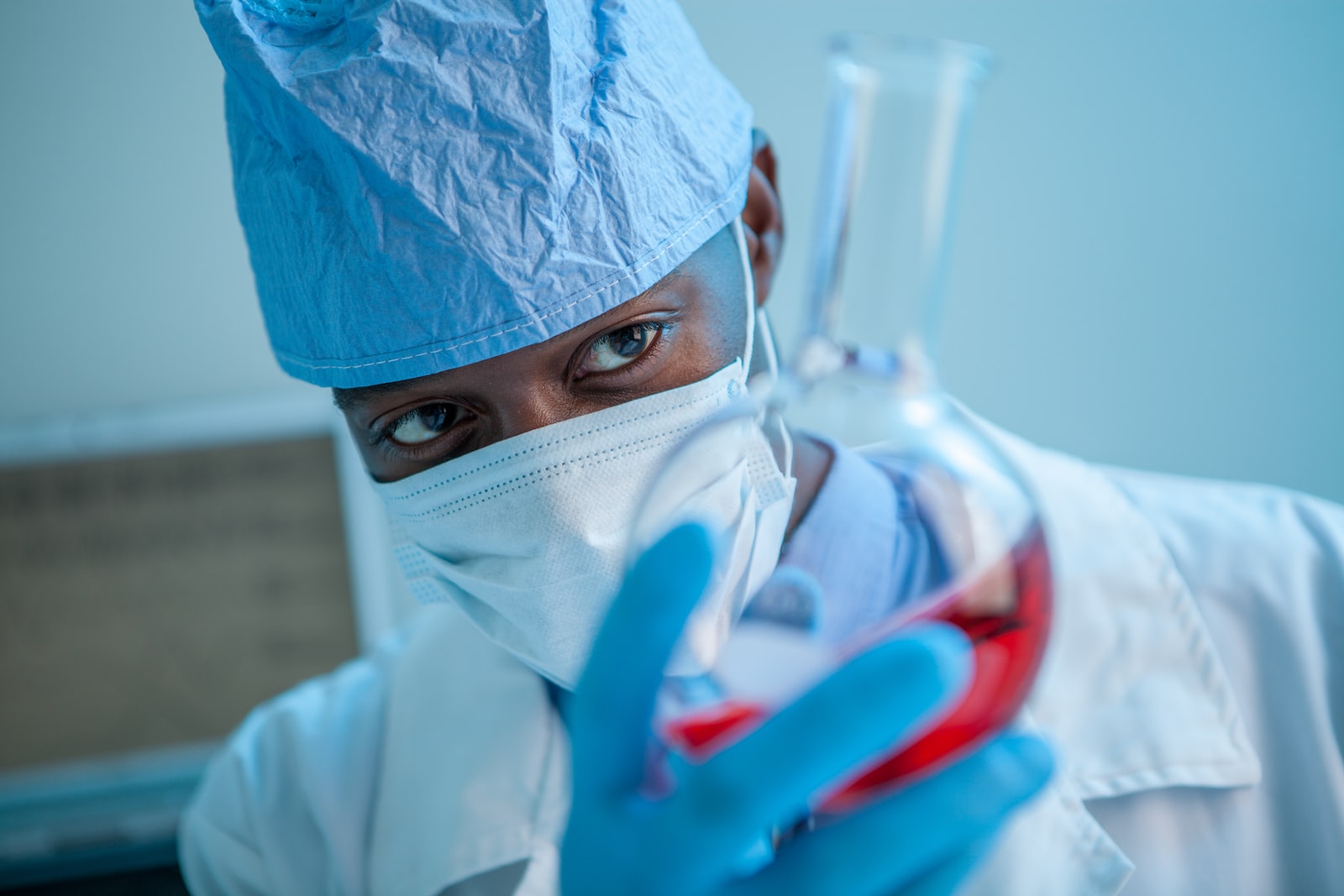- Labs are crucial for scientific study and experimentation, but if sufficient safety precautions are not performed and observed, they can be hazardous places.
- Laboratory chemicals, equipment, and processes can pose health and safety dangers as well as environmental concerns.
- To prevent mishaps and preserve the integrity of their research, it is essential for scientists, technicians, and students to understand the need for and follow laboratory safety measures.
- Below we will discuss some fundamental laboratory safety measures and precautions, including eye protection, clothing and personal belongings, chemical handling, equipment and experiment safety, and emergency protocols.
- By adhering to these rules, laboratory personnel can reduce potential hazards and establish a safe and productive environment.
Eye Protection:
- Always wear appropriate eye protection, such as safety goggles or glasses, when working in the laboratory.
- Goggles should fit securely and have side shields to prevent any chemicals or debris from entering the eyes.
- Contact lenses should not be worn in the laboratory, as they can trap chemicals against the eye.
Clothing and Personal Items:
- Wear a laboratory coat or apron to protect clothing from chemical spills or splashes.
- Closed-toe shoes must be worn to protect the feet from broken glass or chemical spills.
- Avoid loose clothing or jewellery that can get caught in equipment.
- Tie back long hair and avoid wearing contact lenses or accessories that can interfere with eye protection.
Handling Chemicals:
- Treat all chemicals as potentially hazardous, and follow instructions carefully.
- Keep chemicals away from skin, eyes, and clothing.
- Avoid tasting or smelling any chemicals, and never put anything in your mouth in the laboratory.
- Use appropriate protective equipment, such as gloves or a fume hood, when handling hazardous chemicals.
- Always wash hands thoroughly with soap and water after handling chemicals.
- Dispose of chemicals properly, following local regulations.
- Label all chemicals properly, including the name of the substance, any hazards or warnings, and the date of preparation or opening.
- Keep incompatible chemicals separate to prevent accidental reactions.
- Store chemicals in appropriate cabinets or shelves, away from heat, light, and moisture.
Equipment and Experiment Safety:
- Keep the laboratory clean and organized, with clear pathways and no clutter.
- Use equipment and instruments properly, following instructions and precautions.
- Report any broken or damaged equipment to the instructor or lab technician.
- Never leave experiments unattended, and monitor any reactions or changes closely.
- Use caution when heating or cooling substances, and use appropriate heating or cooling devices, such as a hot plate or ice bath.
- Be aware of fire safety and use fire extinguishers or other equipment as necessary.
- In case of an accident or emergency, follow the appropriate procedures and seek medical attention if necessary.
Examples:
- When working with acids, wear appropriate gloves and use a fume hood to prevent inhalation of fumes.
- When working with live organisms, follow appropriate safety protocols to prevent contamination or injury.
- When using microscopes or other optical equipment, use caution and follow instructions to prevent eye strain or injury.
- When handling sharp objects, such as scalpels or needles, use appropriate protective equipment and handle with care.
- When working with electrical equipment, follow appropriate safety procedures and avoid contact with water or other conductive materials.




